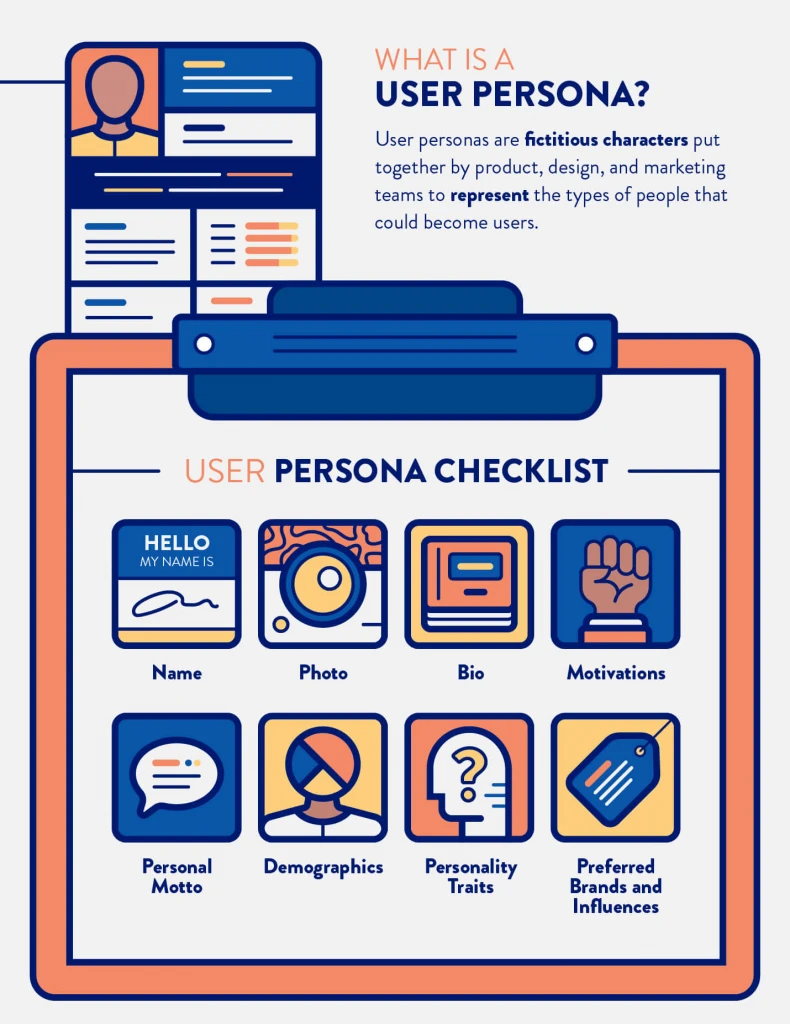Appendix 2
GUIDANCE ON CREATING A NEIGHBORHOOD TOURISM CAMPAIGN
Process Step
Examples
How To…
1. WHY are we doing this and what does success look like?
• Support local businesses
• Increase vibrancy in the neighborhood
• Build the neighborhood’s reputation in order to distribute tourists in the future
• Align with Mayoral vision
• Engage local community leaders
2. WHO are the right markets to target?
• Residents
• Day trippers
• Interstaters
• Draw on research, re: the timing and shape of the tourism economy
3. WHO are the right audiences to target?
• History buffs who want to
discover local heritage, or
• Urban adventurers who want to experience local culture and lifestyle
• Identify who your target audiences are (see memo on personas, below)
4. WHAT messages and offers should we promote to them?
• Food
• International cultures
• Wellness
• Outdoor
• Exploration/authentic
• Local interactions
• Personal growth
• Giving back
• Workcation/staycation
• Make inventory of neighborhood attractions
• Cross reference them against your target audiences‘ passions, wants and needs
• Identify priorities to invest in the development/management of neighborhood tourism offerings
5. HOW should we craft the messages and offers to attract and engage
them?
• Neighborhood brand/positioning
• Mapping tools
• Pop-ups
• Subscriptions
• Challenges/rewards
• Gamification
• Part-virtual
• Contactless
• Seek inspiration from other destinations’ and brands‘ creative concepts
• Invite local communities to submit ideas
6. WHERE, WHEN and HOW should we deliver these messages and offers?
• Social media/online forums
• Local media/press
• Email newsletters
(See memo on personas, below)
7. WHAT might stop us being successful?
• Reputation
• Crime
• Communicate symbolic actions, e.g.,
local investments, brand ambassador endorsement, welcome/social distancing ambassadors
8. WHO are the right partners?
• Travel bloggers/social influencers
• Local media/press
• Out of home ads/transit authority
• BIDs/SIDs
• Historical societies
• Local tour operators
• Payment processing companies
• Engage groups/individuals who can represent and have the trust of local communities
GUIDANCE ON CREATING AND USING TRAVELER PERSONAS
- Create traveler personas to help you identify your target audiences
- Start with your own knowledge base, your partners‘ insights, and research reports done by travel brands, like Pinterest and Skift
- Recognize that the creation/use of personas is “an art, not a science,” and should be an iterative process
- Refine your personas as you test and learn what works
Process Step
How To…
1. Start by trying to answer the following questions:
• Who are the existing travelers to your target
neighborhoods?
• Who continues to come back on a regular basis?
• Who acts as a brand ambassador, leaves positive
reviews, shares with his/her social networks?
Draw on the following tools to help create your personas
• Google/Facebook analytics for tourism and
neighborhood websites
• Social media scraping tools for Facebook groups/
online forums
• Online reviews, such as on Eater, Tastemade,
and Book Club
• Location business surveys, and your own knowledge
and experience
2. Then segment your audiences by building out personas
of your target audiences. (This may necessitate
a demographic survey.)
• What age range?
• What gender?
• What marital status, or travel party composition
(couple, family with children, etc.)
• What ethnicity? What languages spoken at home?
• Where is s/he is traveling from?
• What employment status or income?
• When s/he is likely to visit?
• How long is s/he likely to stay
(hours, day trip, overnight, longer)?
• Where/what type of accommodation will s/he want?
• How will s/he travel to the neighborhood
(car, train, bus, on foot)?
• What things are s/he interested in
(heritage, food, recreational activities, street art, etc.)?
• What experiences are s/he looking for
(e.g., international culture, events, etc.)?
• What things are s/he concerned about
(crime, crowds, language barriers)?
• Where does s/he get her information from?
• What s/he looks like (include an image to help
you visualize the persona you‘re trying to create)

3. Next, try to find your personas online.
Find your personas by drawing on tools such as:
• Facebook targeting (which offers location, age, gender,
relationship status, children, employment, birthday,
interests and some behaviors)
• Google audience, content or keyword targeting
4. Finally, shine a spotlight on neighborhood attractions,
which are the best fit for your personas‘ travel needs, on
the channels where your personas spend time.